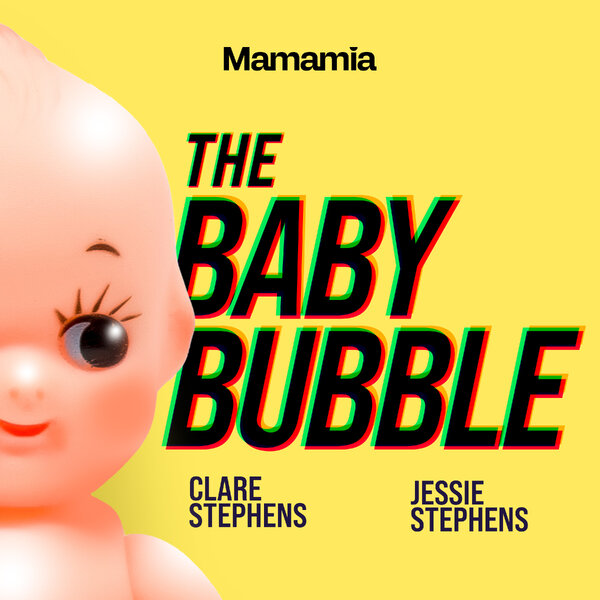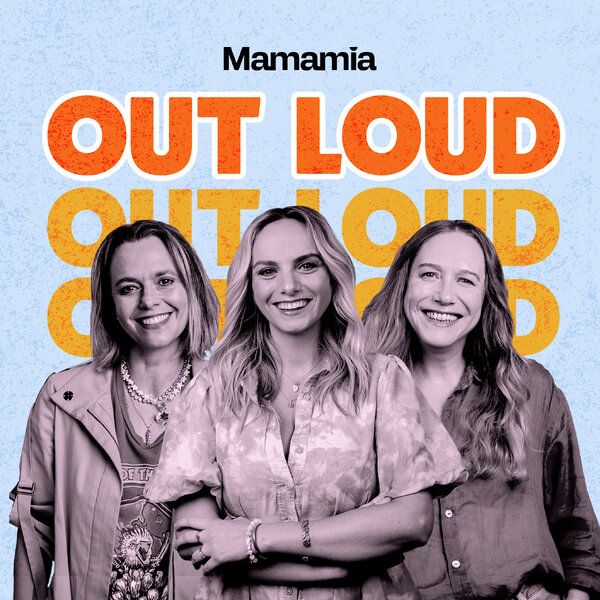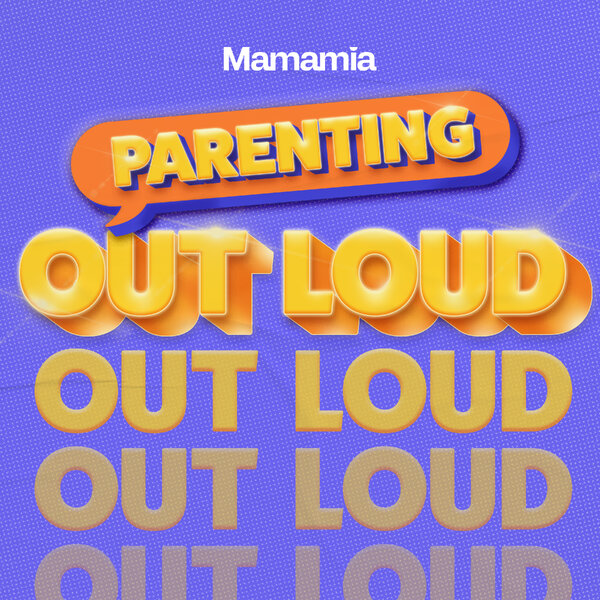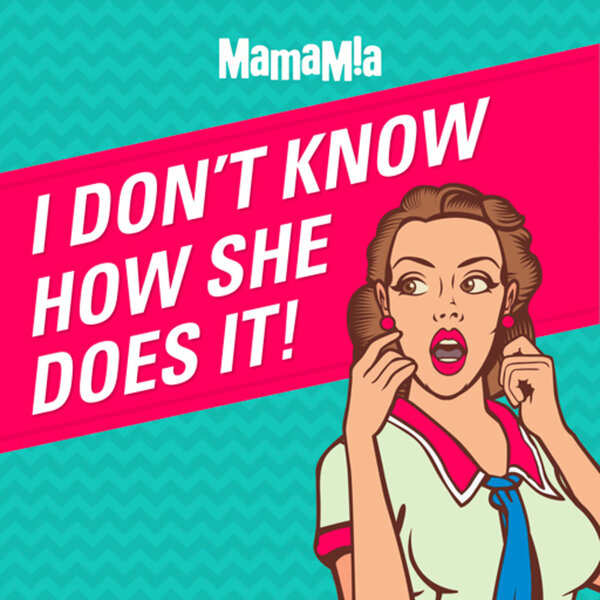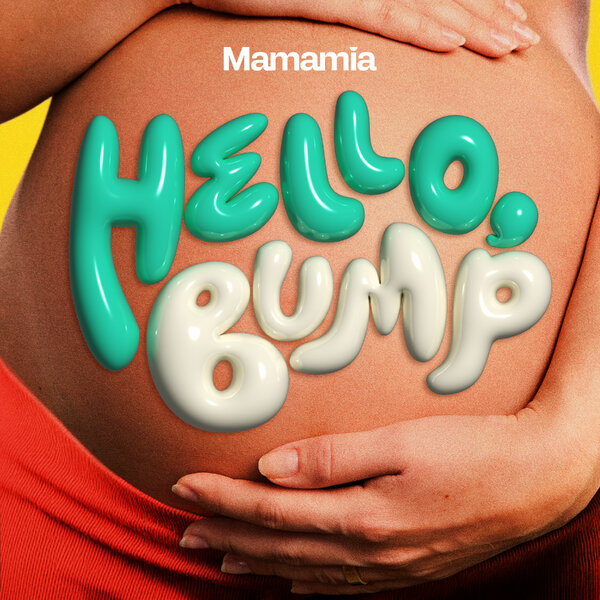Samantha first knew things weren’t right at around the six week mark of her pregnancy, when she couldn’t stop throwing up.
She went to the doctor and was told it was just morning sickness. Samantha was prescribed a drug named Maxalon which gave her “odd visions” and left her feeling extremely anxious. She was assured the sickness would go away after 12 weeks.
It didn’t.
At her worst, Samantha was vomiting up to 40 times a day – so much so that she tore her oesophagus. Not being able to keep food down meant she often fainted, and suffered from migraines. She was plagued with stomach cramps, and her muscles were pulled from the recurrent action of throwing up.
She knew this was not morning sickness. In fact, it felt more like gastro.
It was upon her second visit to the emergency room that Samantha was diagnosed with Hyperemesis gravidarum – the same rare condition Kate Middleton famously experienced during pregnancy.
She was given a printed handout on severe vomiting, and told to come back whenever she needed fluids. Other than that, she was on her own.
“The vomiting causes severe dehydration which I was hospitalised for,” Samantha told Mamamia. “I would need IVs… and my veins would collapse on the midwives and doctors because I was so dehydrated. They would try multiple veins (including ones on my feet). The worst was when I was so dehydrated they had to have the anaesthesiologist place a child’s cannula into my wrist. I still have a small mark three years later.”
Samantha says she could hardly eat and struggled to keep down water. She coped by melting small ice chips in her mouth. During what she terms ‘fluffy’ periods (times when the vomiting decreased to about four to six times a day), she managed to keep one meal down, and as a result became malnourished. Years later, she’s still required to take multiple vitamin supplements because of various deficiencies.
